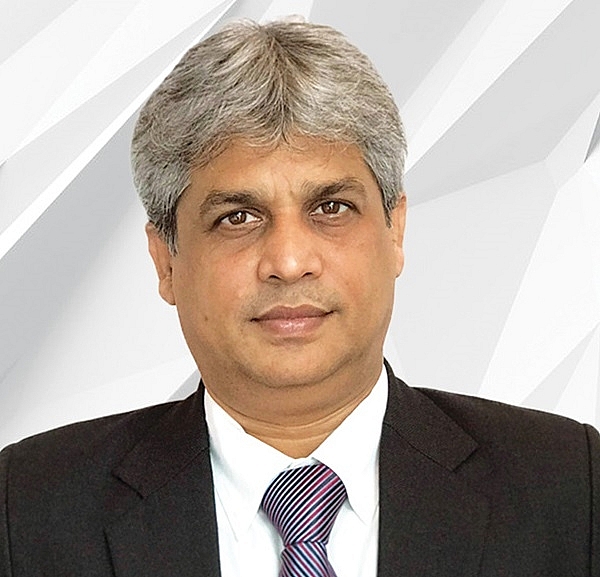Adaption and risk prevention key tasks for solar O&M
Operations and maintenance (O&M) has become a standalone segment within the solar industry, and it is widely acknowledged by all stakeholders that high-quality O&M services mitigate potential risks and positively impact the return on investment (ROI). How does O&M add value and increase plant performance, and what are important considerations for the ROI?
 |
| Arup Sen, Head of ABB's Power and Water business in Asia |
High-quality O&M is very important to maintain planned performance and ensure timely ROI. Uncleaned photovoltaic (PV) cells, damaged PV cells, and defective power conversion equipment can affect the output of entire solar farms, and unreported outages impact both productivity and revenue.
Monitoring and reporting is a major aspect of solar O&M, data collected is a major asset, and the most efficient data interpreters succeed in maintaining uptime.
Diagnosing problems accurately can help determine the priorities of maintenance teams. Twenty years is the minimum expected working lifetime of any PV installation.
Here, service and timely maintenance plays a very important role. Increased energy yield is important to meet the projected ROI and performance of a plant.
What can you say about the global trend of utility solar O&M and asset management, as well as the new opportunities for digital solutions and services?
Capability has increased over the last decade due to various technical advancements like computerised maintenance management systems (CMMS), individual component-level communications, and monitoring using cameras and various sensors.
By introducing technology in all levels of data acquired, we can easily schedule the maintenance team’s work. By real-time monitoring and computation, we can easily compare the results with expected data.
The use of improved real-time control and forecasting solutions can increase the uptime of solar plants by identifying non-performing areas in a timely manner.
Digital automation built around predictive tools can support operators in scheduling maintenance of faulty equipment during appropriate times to decrease system downtime.
Maintenance management systems, including asset management, will play a major role in conditional maintenance in the future. Using numerical algorithms to detect the failure of components and ensure the timely rectification of issues can also reduce downtime.
In your view, what are the main challenges facing the solar O&M industry in Asia, including in Vietnam?
Being adaptive to change and progress with automation and digitalisation, and effectively mitigating cyber security risks, are imperative for success in this industry regionally. As a digital technology leader, ABB can provide automation and cybersecurity solutions to support operators.
Increasing dependability on remote monitoring and control can also increase network security requirements. With reduced capital investment, major players compromise on individual component-level monitoring, which lowers automation feasibility and reduces options for preventive maintenance.
Use of modern technology to auto-detect problem areas and digitised maintenance management systems can be implemented so timely plant availability is assured. CMMS can reduce timelines involved in inventory management by timely follow-ups of required spares.
The inverter is the so-called weakest link in solar plants achieving their annual availability targets, and many solar projects are financed without an inverter reserve fund to address operating cost realities in later years. What is your view on this?
Inverters are critical in solar plants, transformin DC power to AC power. PV plant operation and energy yield are highly dependent on total inverter efficiency, and high efficiency and reliability are absolutely important requirements for the inverter. Performance of the plant is directly proportional to the inverter’s efficiency, reliability, and availability of the equipment.
Factors that impact the technical availability of central inverters include modular design, proven technology, and good monitoring capability.
Today, simple component replacement options and easily serviceable critical parts of the inverters are available – the serviceability of the inverter matters.
What the stars mean:
★ Poor ★ ★ Promising ★★★ Good ★★★★ Very good ★★★★★ Exceptional
Related Contents
Latest News
More News
- Schaeffler reports strong early output from Dong Nai solar project (December 12, 2025 | 15:16)
- Forestry conference highlights biodiversity and sustainability goals (December 09, 2025 | 13:35)
- Home Credit honoured among top 10 sustainable companies in trade and services (December 09, 2025 | 12:18)
- SCG and seven member companies honoured in Top 100 Sustainable Businesses 2025 (December 08, 2025 | 09:00)
- Nestlé Vietnam pioneers sustainable development and promotes business connections (December 06, 2025 | 12:09)
- CSI 2025 highlights rise of Vietnam’s green champions (December 06, 2025 | 09:00)
- Acecook Vietnam named among top 100 sustainable businesses (December 06, 2025 | 08:00)
- Vietnam’s forest carbon credits draw global interest (December 05, 2025 | 17:41)
- Coro Energy to launch BESS Pilot in Vietnam (December 04, 2025 | 15:12)
- Vietnam strengthens energy storage pathway (December 04, 2025 | 15:05)

 Tag:
Tag:






















 Mobile Version
Mobile Version